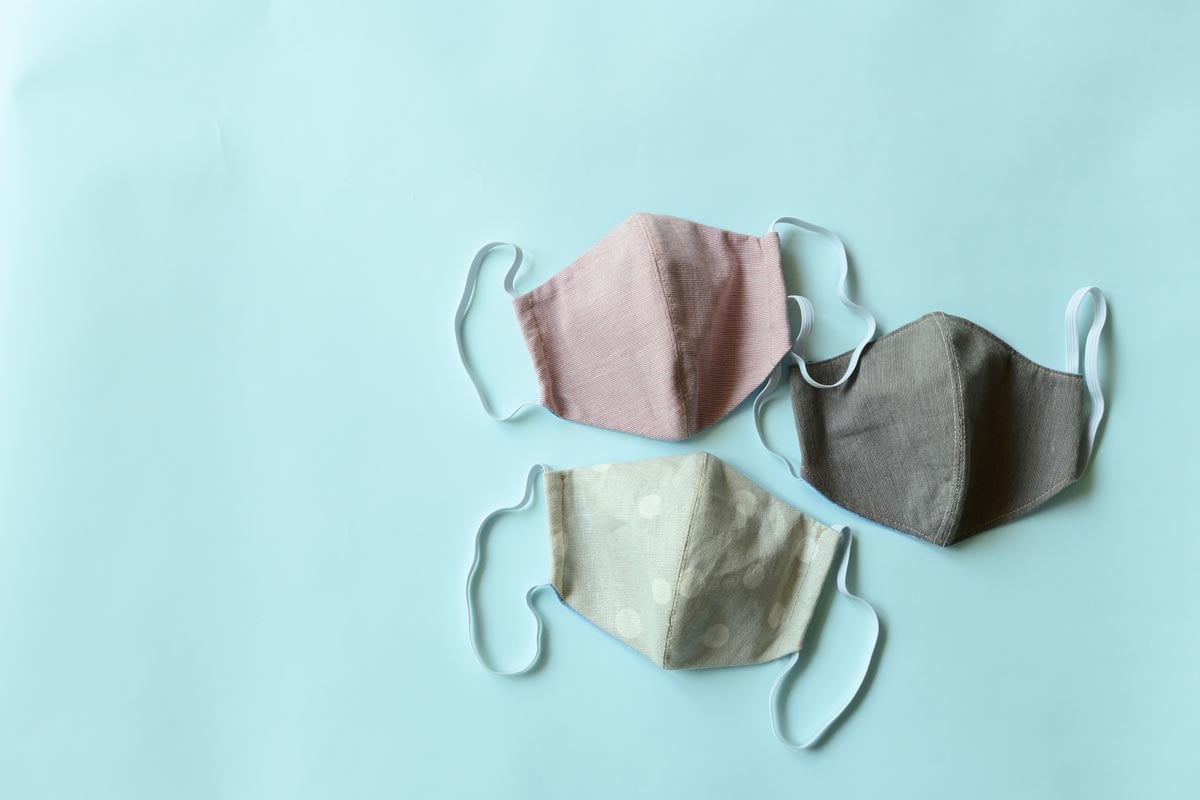One short month ago, when the coronavirus had only infected a handful of Americans, the U.S. Surgeon General Jerome Adams tweeted, “Seriously people — STOP BUYING MASKS!”
Masks, the CDC said then, should be reserved for those who really need them, like infected patients and healthcare professionals. But now, with the virus spreading across the country, the CDC is changing its tune.
On Friday, April 3, the CDC announced that Americans should wear face coverings when in public, especially in densely populated areas and in those areas currently experiencing a coronavirus outbreak. With very few surgical masks, or N95s, available to the public, the CDC advises Americans to craft their own cloth coverings.
There isn’t much substantial evidence on the effectiveness of wearing a cloth mask, but the CDC believes there is a strong chance that wearing one can slow the transmission of the virus, especially from those who are asymptomatic and don’t know that they are infected.
How to create your mask
On Monday, April 6, the CDC released a guide for creating homemade cloth masks, with options for both those who can sew and those who can’t. Materials used include bandannas, T-shirts, cotton cloth, coffee filters and hair ties. For the best protection, cloth masks should fit snugly across the mouth, have multiple layers and be made of washable material.
If you can’t sew, or you don’t have the necessary materials to create your own sewn mask, you can make one easily by cutting an old T-shirt into a square that is sized to fit snugly across your nose and mouth. Reserve some extra fabric from the T-shirt to use as tie strings on the top and bottom of the mask. You can create several masks using a single T-shirt in just a few minutes.
The guide also suggests using a coffee filter and a bandanna to create a homemade mask. Fold the bandanna in half lengthwise, and place a cut piece of the coffee filter in its center. Fold the top and bottom of the bandanna over the filter to create a long, layered piece of fabric. You can add a pair of hair ties by placing them in the middle of the fabric about 6 inches apart, and then folding the bandanna around the ties. This final step will make the mask secure and easier to wear.
If you know how to sew and you have all the necessary materials on hand, you can use the simple pattern provided by the CDC to create your own mask out of a piece of cotton and some elastic.
However you choose to fashion your own mask, make sure it fits snugly around your face, but not so snugly it restricts your breathing. According to the CDC, it’s best to use multiple, breathable layers for optimal protection.
Also, be sure to use a material that can be washed without getting damaged in any way. The CDC recommends washing your mask frequently, as reusing it too many times without washing will greatly reduce its effectiveness.
The debate on face coverings
While the CDC is standing behind its recommendation that all Americans wear cloth face coverings when in public, there are a lot of naysayers who claim a cloth mask offers little or no protection against the coronavirus.
According to some research, cloth is much less effective than a proper N95, but is still better than wearing no face covering at all. A 2008 study found that, while homemade masks are not as effective as surgical masks or N95s, particularly against tiny aerosols, they can still reduce the transmissibility of viral particles by a small amount.
Other researchers have noted that cloth masks may do more harm than good. They claim that cloth coverings can sometimes absorb viral particles instead of acting as a barrier. Also, improperly wearing and removing a mask can transfer viral particles directly to the wearer’s hands or face, putting them at greater risk of contracting COVID-19.
Despite the differing opinions on face coverings, both sides agree that medical masks, especially N95s, should be reserved for health care workers who are exposed to massive amounts of the virus while treating infected patients.
Finally, it’s important to note that all other federal and CDC recommendations still stand: Stay home as much as possible, practice social distancing and wash your hands properly after being out in public. Stay safe!



